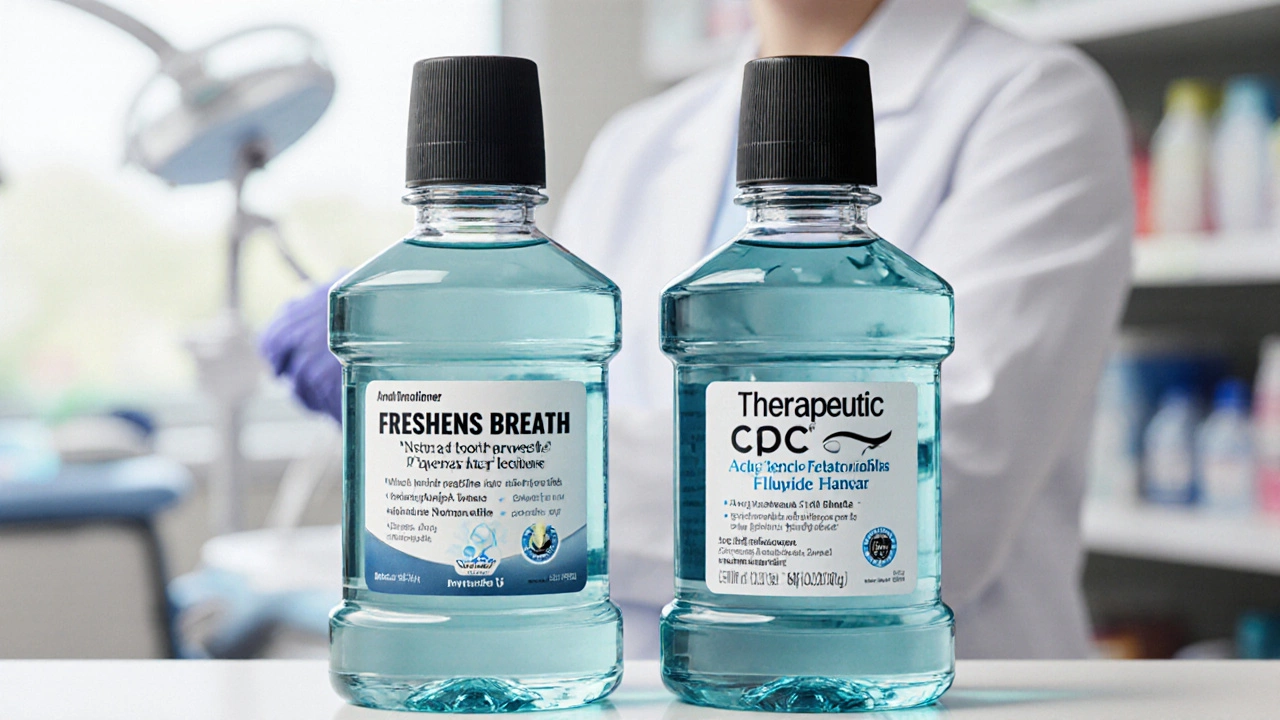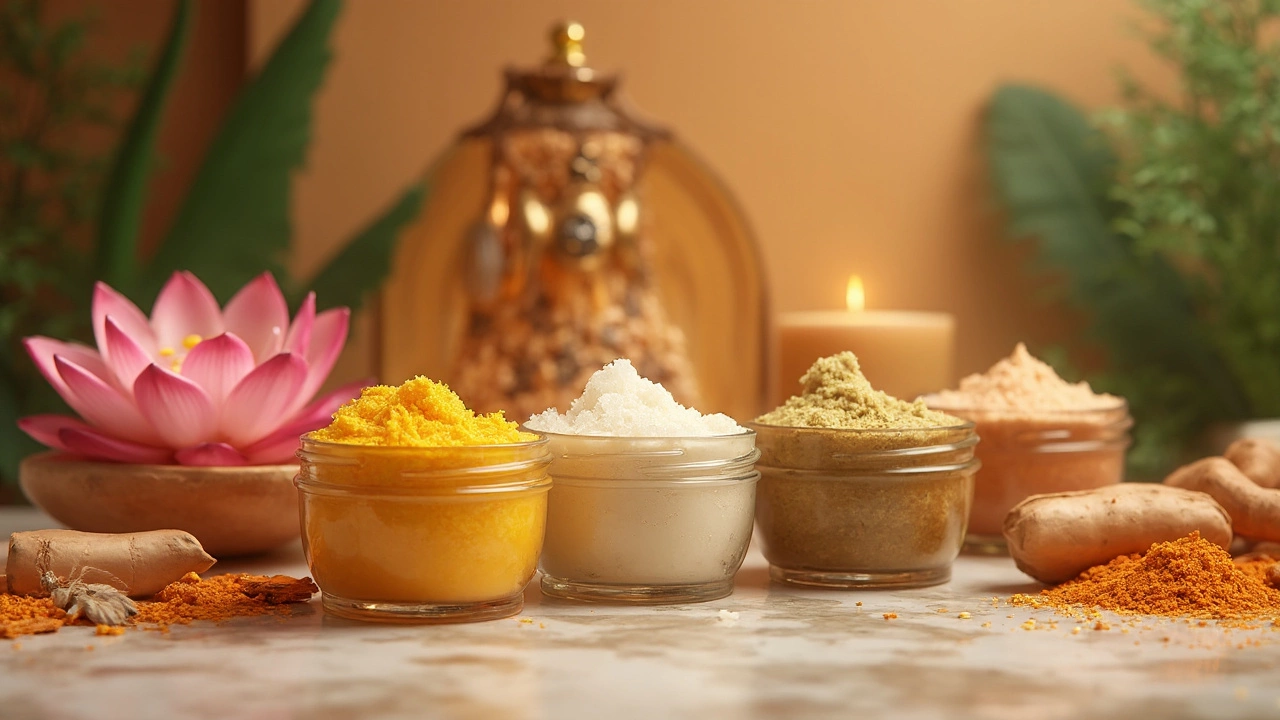What Is a Cosmetic Product and Why It Matters
When you hear the word "cosmetic," you probably think of lipstick, mascara, or that new highlighter. But the legal definition is broader – any product you apply to your body to clean, protect, or change its appearance counts as a cosmetic product. That includes everything from sunscreen and deodorant to hair dye and nail polish. Knowing this helps you read labels, avoid unwanted ingredients, and shop smarter.
Most people separate cosmetics and skincare, but the line is blurry. Skincare items like moisturizers or serums are technically cosmetics because they are applied to the skin for a benefit. The key difference is intent: if a product claims to treat or prevent disease, it falls under drug regulations, not cosmetics. This distinction matters when you’re choosing products based on safety and claims.
How to Pick the Right Cosmetic Products for You
Start with your skin type and concerns. If you have oily skin, look for non‑comedogenic (won’t clog pores) formulas. Dry skin benefits from creamy textures with humectants like glycerin. For sensitive skin, skip fragrances and opt for hypo‑allergenic options.
Check the ingredient list. The first three ingredients usually make up most of the product, so if you spot something you dislike there, you can skip it. Common red flags include parabens, sulfates, and high‑percent alcohol in products that stay on your skin all day.
Read reviews, but take them with a grain of salt. Everyone’s skin reacts differently, so look for patterns rather than single rave reviews. If a product consistently gets mixed feedback about irritation, it’s worth testing on a small patch first.
Top Trends Shaping Cosmetic Products in 2025
Clean beauty continues to dominate. Brands are moving toward transparent labeling and excluding controversial chemicals. Expect more “vegan‑only” badges and cruelty‑free certifications – see the growing conversation around brands like Fenty Beauty and Clinique.
Multifunctional products are on the rise. Think tinted moisturizers with SPF, or lip balms that double as cheek stains. These hybrid items save space and simplify routines, especially for beginners.
Tech‑driven personalization is getting bigger. Some retailers now let you upload a selfie to get a custom shade match for foundation or lipstick. This reduces the guesswork and waste from buying the wrong color.
Finally, sustainability matters. Refillable packaging, biodegradable formulas, and reduced plastic use are becoming standard. When you see a product with a refillable pump or a recyclable tube, you’re likely supporting a brand that cares about the planet.
Whether you’re building a basic makeup bag or overhauling your entire routine, remembering the basics – know what a cosmetic product is, read the label, match it to your skin, and watch the trends – will keep you looking fresh without the hassle.
Is Mouthwash a Cosmetic Product? The Real Classification Explained
Mouthwash can be a cosmetic or a drug depending on its claims. Learn how to tell the difference, what ingredients actually work, and how to pick the right one for your oral health needs.
Is Body Scrub Really a Cosmetic Product?
Body scrubs have long been celebrated in skincare routines, but are they truly cosmetic products? This article explores the benefits of body scrubs, their classification in the beauty industry, and the variety of ingredients they use. Discover practical tips on choosing the right scrub and see how they compare to other cosmetic products.


 Hair Care
Hair Care